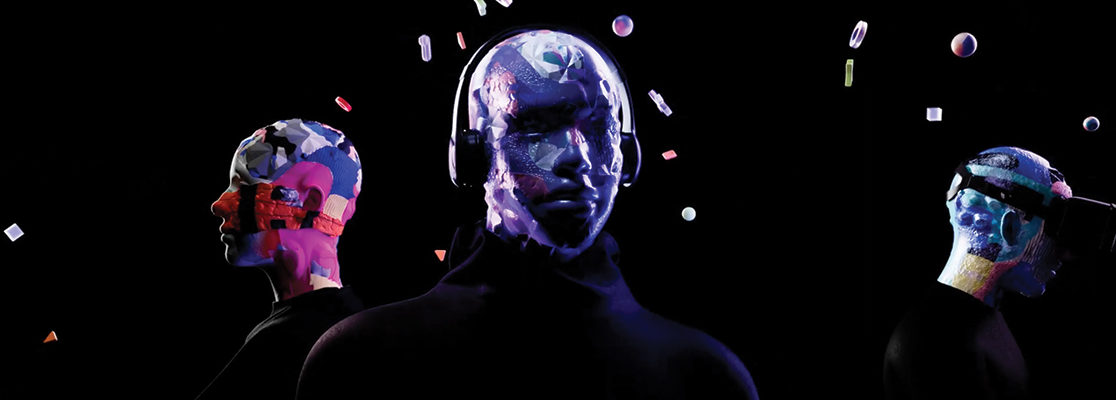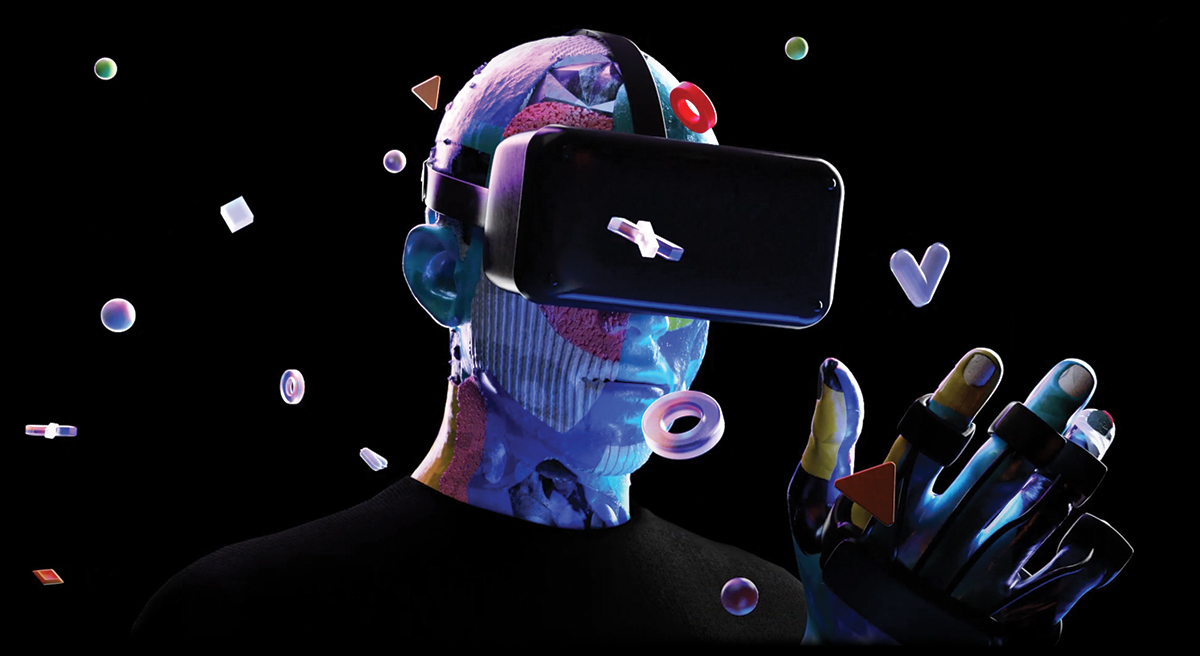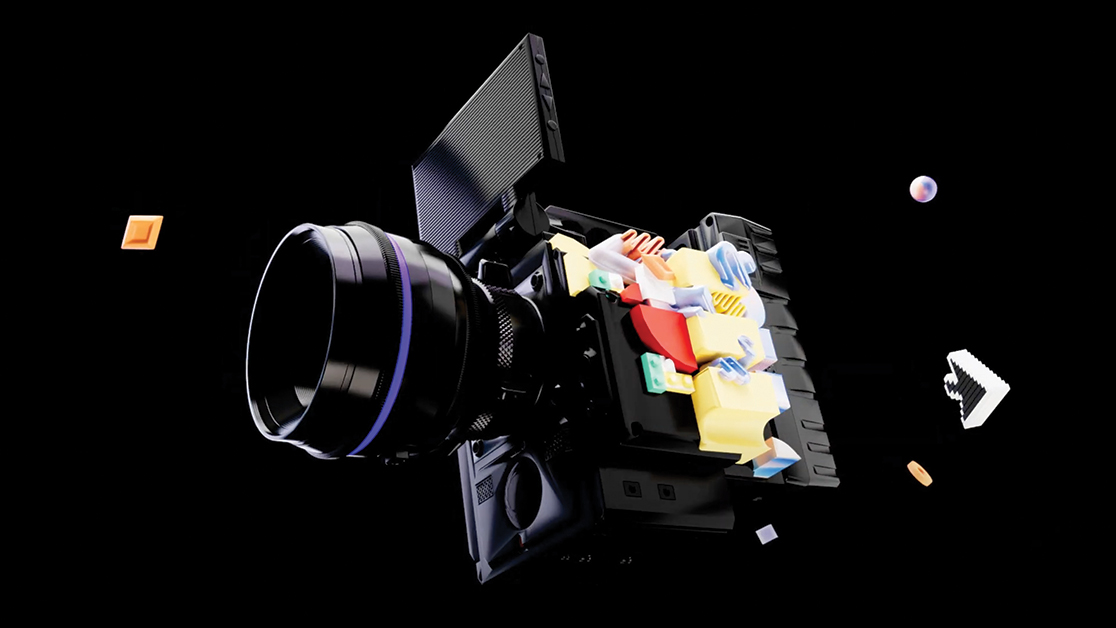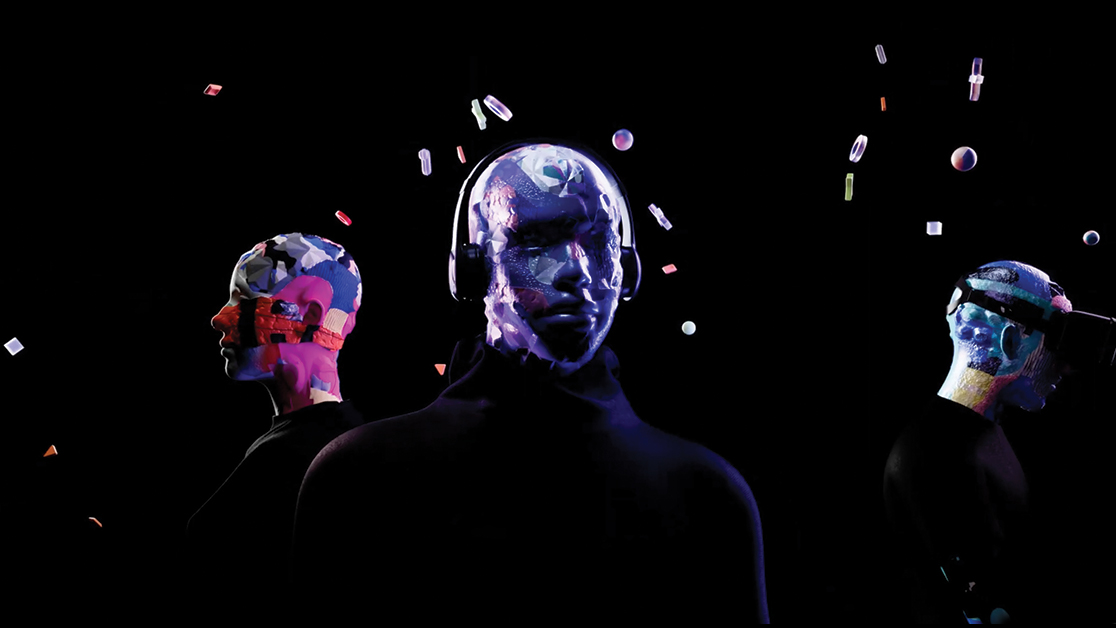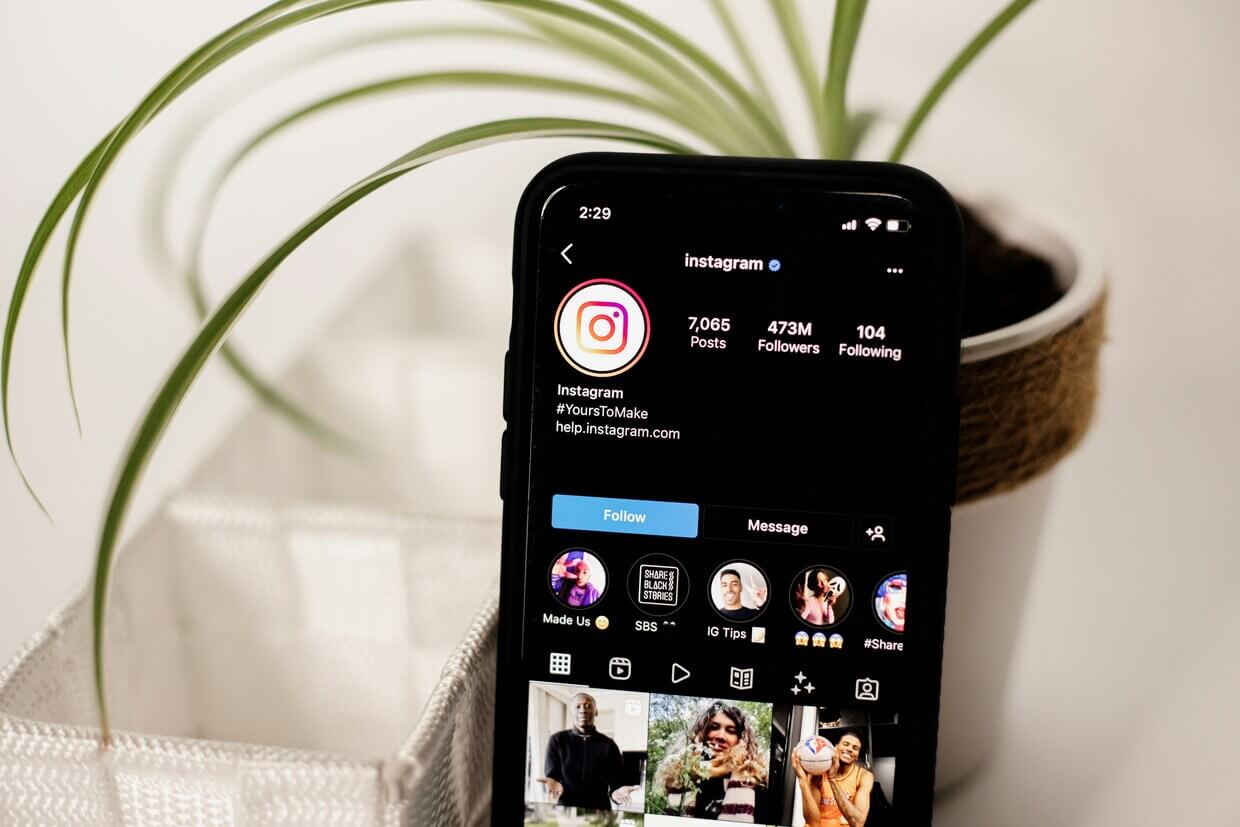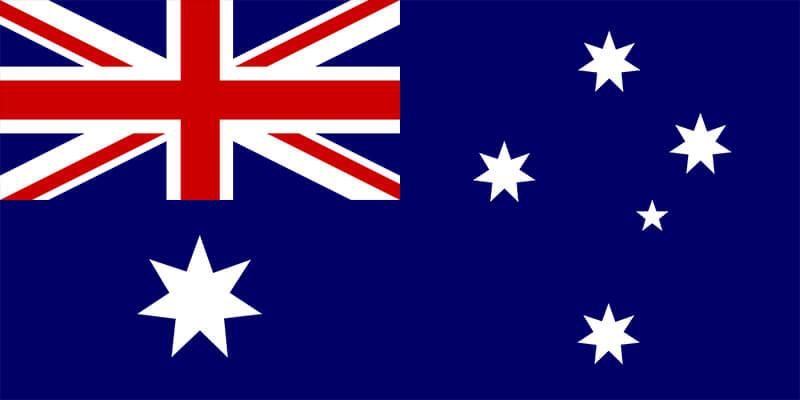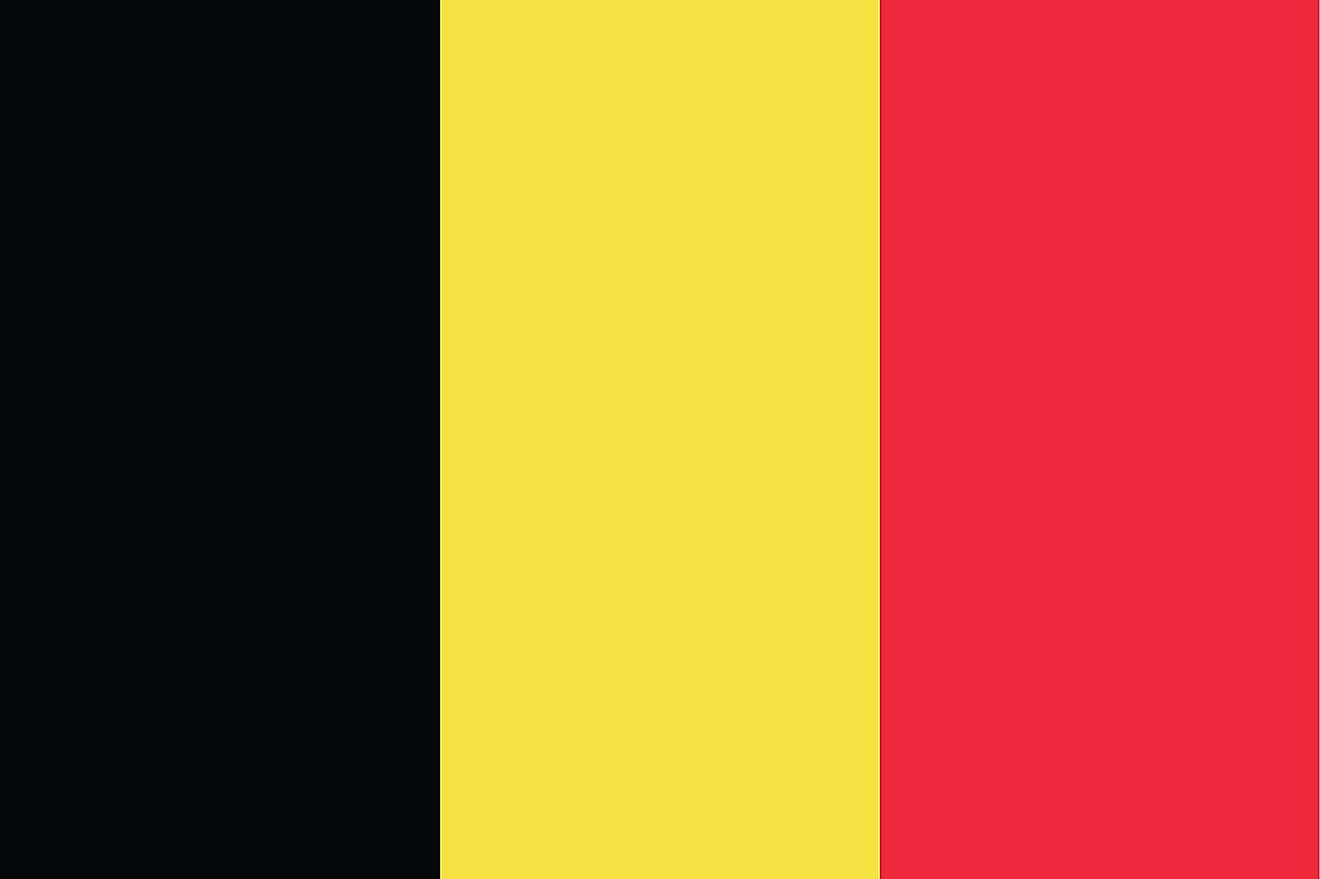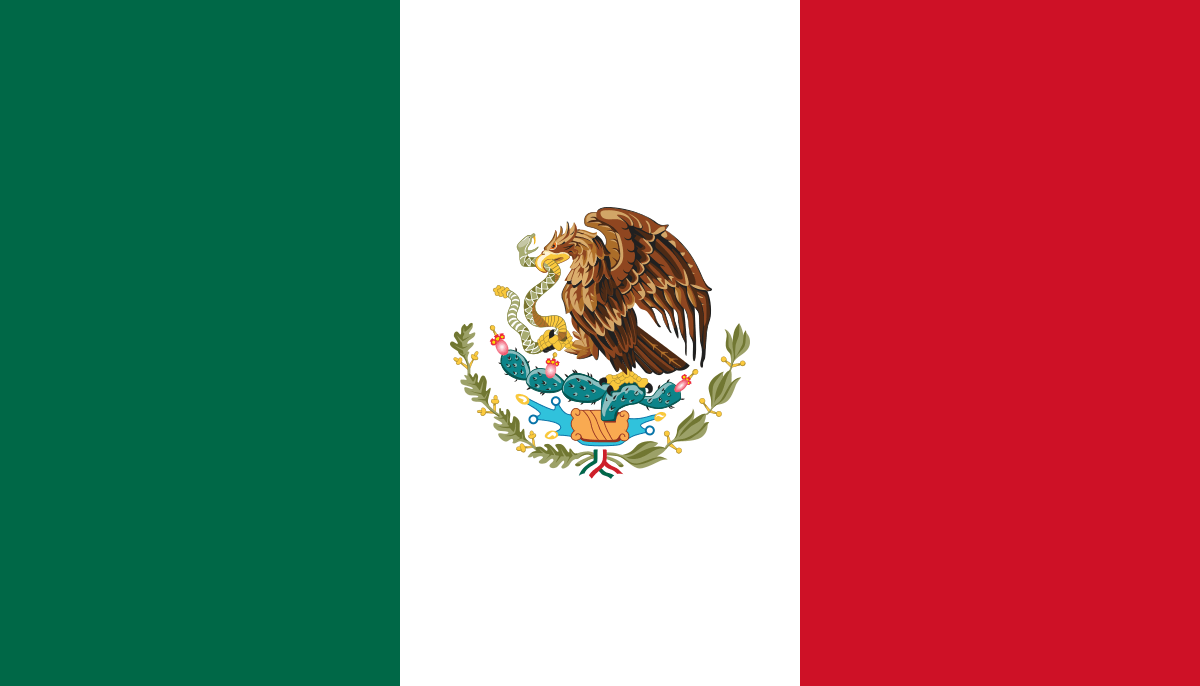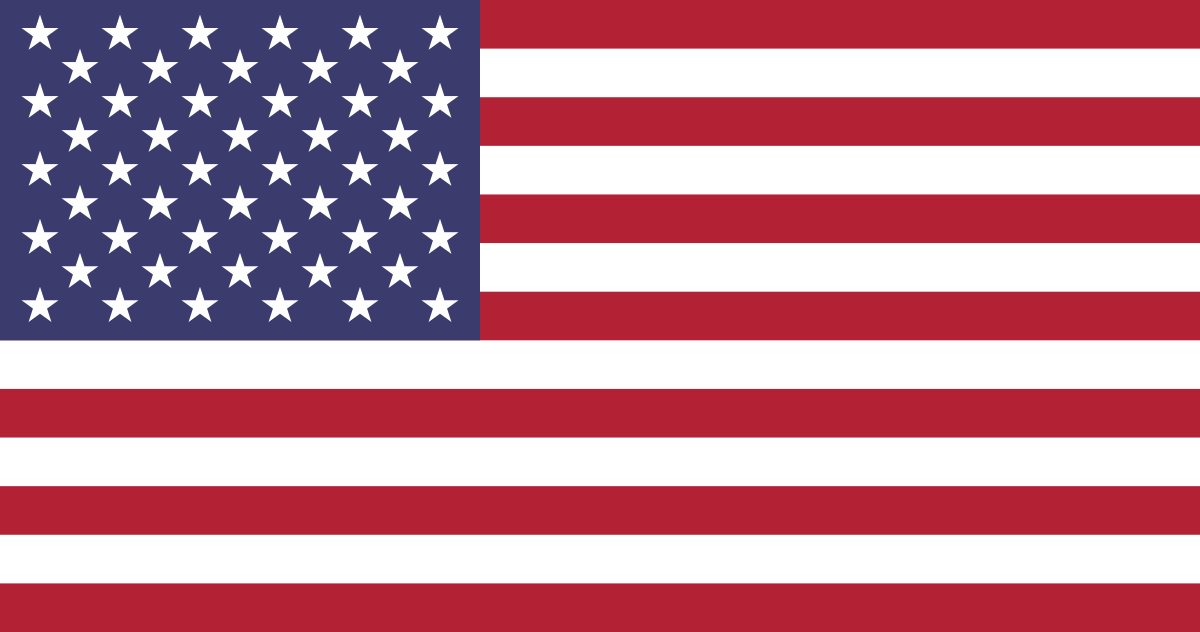Digital worlds have revolutionised what it means to be creative and how to earn more money from ideas and innovation.
With a huge array of tools and online platforms at their disposal, from Canva to Photoshop and Monday.com, new technologies have helped empower many creatives to operate as independent entities and DIY businesses.
Opportunities have rocketed as a result, and having an online presence that reflects a brand or venture is essential if you want to get ahead. Statistics suggest that the creator economy market size is worth an estimated $250 billion and expected to double by 2027.
Now is clearly a great time for anyone wanting to learn skills for the creator economy and launch a career. Studying a Content Creation course could be an effective way forward – contact our team to find out more about our degrees.
What is the Creator Economy
The concept describes the digital landscape where individuals produce, market and make money out of their content and services. This is mainly utilised on digital platforms and technologies.
The umbrella term covers all types of artists, creatives, writers, YouTubers and social media influencers and any kind of monetised content.
It’s a burgeoning industry – in 2024, according to Statista, 402.89 million terabytes of data were created, captured, copied, or consumed every day.
The democratisation of the internet
Social media has gone a long way to level the internet’s playing field. In the past, traditional mainstream media in the form of TV channels, newspapers and broadcasters, often acted as gatekeepers between a business and their intended audience.
Now, content creators can directly engage with their potential clients, bypassing past channels of communication and distribution. Instead, by learning skills for the creator economy, platforms such as YouTube, Instagram, TikTok, podcasts, online blogs, Substack and many more allow creatives to publish content that resonates with a would-be audience and encourages interaction and engagement.
Mainstream media channels are now having to play catch up with the disruptive social media companies with creatives having direct channels to their followers/community.
Challenges created by social media
Of course, there are challenges that social media creates – there is a deluge of online content for consumers to wade through across all platforms and questions continue to arise about the influence that certain platforms have alongside the validity and truth of their content. Fact-checking is an essential part of digesting content on these platforms in 2025.
Artificial Intelligence (AI) is a trending topic that has raised ethical concerns around copyright and intellectual property for creatives, particularly songwriters, composers and music producers. On the flip side, Generative AI has also made it easier for influencers who have the skills for the creator economy to come up with ideas and inspiration for use in their designs. But, as it’s still in its infancy, it can be easy for users to spot any content that is overly reliant on AI. This could lead to business and brands being accused of inauthenticity and consumers may go elsewhere.
Social media influencers
The creator economy has seen the rise of the online influencer. These are often social media personalities who have grown large numbers of followers and use their digital profile to recommend or sell what their audience should engage with.
These roles can take different forms across all social media platforms and creative industries.
Andrew Huang | Music Production
Canadian music producer Andrew Huang is a music tech phenomenon with over 40 albums and two million YouTube subscribers to his name.
He’s among a handful of musicians to wield such an influence yet operate independently.
Speaking to Musicradar Andrew revealed how “stumbling upon a compelling concept” for online content has helped build such a huge audience.
“I found that if you recreate a popular piece of music using something that is not an instrument, it’s strange to look at, fun and people want to watch it,” he says.
Andrew is now in a position where he can work with software and hardware developers alongside releasing his own music and reaching an audience through his viral content.
Peter McKinnon | Film Production
With over 6 million YouTube subscribers, Peter McKinnon is a go-to for anyone interested in film production and photography.
On his channel, he invests time in reviewing new gear while also sharing his essential tips and advice on how his followers can enhance their own creative efforts. Peter has built up a huge audience who are invested in his knowledge as well as personal brand.
Markiplier | Gaming
Markiplier is an American YouTuber, actor, filmmaker, and influencer. One of the most popular YouTubers on the platform with almost 40 million subscribers, he creates a wide variety of online content from game reviews to humerous parodies of game trailers and more.
According to a previous feature with Forbes, much of his income comes from YouTube adverts although this has expanded into multiple social media platforms, brand endorsements, collaborations and more.
How Content Creators can make money
Advertising
Advertising revenue is a key pilar of the creator economy, enabling creators to monetise their content by displaying ads to their audience.
Creatives often need to highlight this kind of endorsement or ensure it at least aligns with their credentials. There are numerous examples of artists getting it wrong when it comes to advertising – for example, when Iggy Pop sold car insurance or John Lydon of Sex Pistols infamy chose to star in ads for Country Life Butter.
Sponsorship
Sponsorships and brand partnerships are essential components of the creator economy.
By teaming up with creatives, brands can provide the funding to enable them to transform their projects into reality. This can come in different forms – for example, Jade Ang Jackman and Samona Olanipekun are two emerging filmmakers previously backed by gear company Canon.
They are both on the talent roster of award-winning film production company Lammas Park, founded by Sir Steve McQueen. Lammas Park partnered with Cannon to help the pair make their own short films, using only Cannon equipment. It’s a great example of how brands and new talent can collaborate and support each other.
Product Sales
Merchandise and product sales are another important revenue stream for creatives, whether it be t-shirts, bottle openers or more.
Beyond digital content, this helps entrepreneurs to engage with their audience and monetise their brand in a physical way.
In the digital environment, creators can build stronger relationships with their audience, boost brand awareness, and create extra revenue streams by providing branded products that appeal to their fans.
Subscription
Subscription models come in different forms and are a common way for creators to make money in the digital age.
Different platforms are available for creatives including Substack (which allows users to provide newsletters/podcasts and more to subscribers), Patreon and more.
Producers like Little Boots use Patreon to have direct contact with their audience. In exchange for a monthly fee, users can enjoy access to a premium experience including exclusive music, early access to merchandise, live performances and more.
Study Content Creation and Online Marketing at SAE
Developing content that connects with audiences can be essential in today’s digital age for businesses and leading professionals.
With our expert team, leading facilities and creative community, studying our course in content creation and digital marketing can offer you a fantastic opportunity to take your career in digital marketing to the next level.




